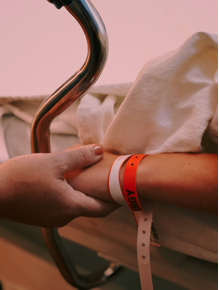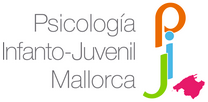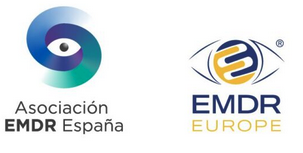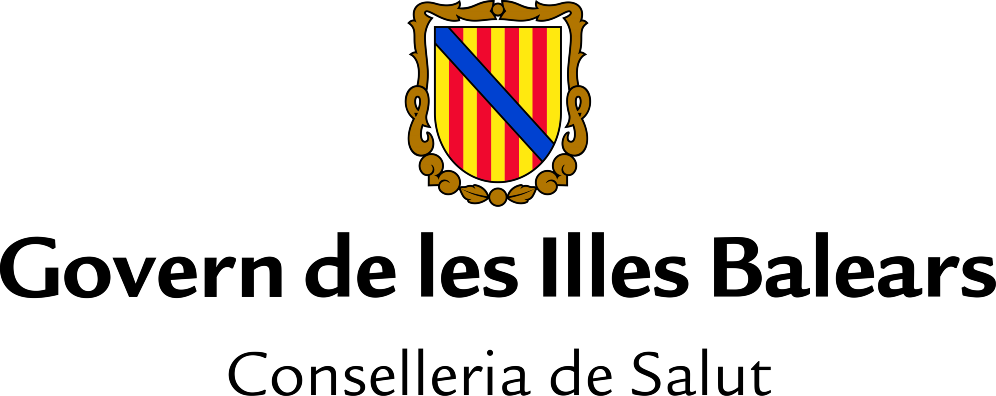
The Federal Government of Canada’s public health agency (Canadian Strategy for Cancer Control) approved in 2004 the declaration of emotional distress as the “6th vital sign” in cancer patients. This declaration implies the need to systematically monitor the emotional distress response, as well as the rest of its antecedents (pulse, respiration, blood pressure, temperature, and pain). This proposal was subsequently endorsed by the International Psycho-Oncology Society (IPOS) at its 2009 International Congress and by the International Union Against Cancer (UICC) at its 2010 World Medical Congress.
But what exactly do we mean by “distress” or emotional distress? Emotional distress response in cancer patients would be defined as “an unpleasant, multifactorial emotional experience of a psychological, social and/or spiritual nature that may interfere with the ability to cope effectively with cancer, associated physical symptoms and prescribed treatment”. Thus, this term would include a variety of responses that would extend along a continuum, ranging from “normal” and frequent emotional reactions to the disease (vulnerability, sadness, fear, etc.) to more “severe” or “serious” ones that can generate dysfunctionality in the patient (clinical pictures of anxiety, panic, depression, existential and/or spiritual crises, etc.).
Prevalence and predictors of distress
Research has shown that throughout the disease trajectory (diagnosis, active treatment, completion of treatment, survival, or recurrence and palliation) the prevalence of distress in the adult cancer population ranges between 30% and 40%. Thus, approximately four out of ten cancer patients show levels of clinical distress at some point in the disease process.
Furthermore, this emotional response seems to be modulated by different factors associated both with the disease and with socio-demographic and psychosocial variables.
- Medical factors: these include variables such as the type of tumour, the stages of the disease, the treatment modalities, and the phase of the care process. In a study involving nearly 4,500 patients, Zabora et al. reported an average percentage of clinical distress of 35%, with a range between 43% and 30% depending on the location of the tumour. The highest percentages correspond to the group of patients with lung cancer, followed by those with brain tumours, liver cancer and pancreatic cancer; at the opposite end of the range of distress is the group of patients with gynaecological cancer.
- Socio-demographic factors: we included age, sex, race, marital status, employment status, educational level, and income level. With respect to age and gender, in general, younger patients (in the adult oncology population) and women are more vulnerable to emotional distress.
- Psychosocial factors: variables such as emotional non-expression, coping strategies and social support have traditionally received the most attention. Regarding the inexpression of negative emotions (considered the central element of the so-called type C behavioural pattern), higher levels of distress were shown in patients who inhibited or controlled these negative emotions. On the other hand, regarding coping strategies, following the theoretical approach proposed by Moorey and Greer and their theory of psychological adjustment to cancer, five coping strategies can be identified: fighting spirit, cognitive avoidance, fatalism or stoic acceptance, helplessness/hopelessness, and anxious worry. The use of coping strategies such as cognitive avoidance, fatalism, anxious worry, and helplessness/hopelessness are associated with high levels of emotional distress. Finally, perceived social support acts as a protective and buffering role for stress associated with the diagnosis and treatment of cancer disease.

Barriers to the detection of distress and its consequences
Since the beginning of the last century, it has been repeatedly reported that less than half of patients with emotional distress are identified and referred to appropriate psychosocial support services. There are several reasons for the low rates of detection or recognition of distress:
- Patients are often reluctant to talk about their emotional problems as they feel they should focus on the treatment of their illness, unaware of the severity of their own level of distress and the availability of care resources to treat these symptoms.
- Among oncology professionals, in addition to work overload and limited consultation time, this includes the willingness to inquire about emotional problems (low level of confidence in their own abilities to identify distress or lack of familiarity with screening instruments).
Unfortunately, failure to adequately identify and address emotional needs leads to a number of important negative consequences that not only affect quality of life and level of satisfaction with the care received, but can also impact on healthcare costs (longer care time by the oncology team, increased likelihood of using primary care and hospital emergency departments, increased likelihood of unnecessary diagnostic tests and medical treatments, and poorer adherence to medical recommendations).
What can we do to address emotional distress?
In February 2017, the members of the Joint Action on Cancer Control (CanCon), in the framework of the EU Health Programme, have released the European Guidance for Quality Improvement in Comprehensive Cancer Control where the need for routine screening of both the level of emotional distress and the psychosocial needs of patients throughout the disease process is stated, with the aim of providing specialised care, if required. However, as some authors point out, a screening instrument may be able to accurately detect emotional problems, but this does not imply that its use will improve the quality of care provided. Improving quality requires that any increase in screening be accompanied by improvements in treatment and follow-up. Pairing screening with evidence-based treatment, such as psychotherapy interventions like cognitive behavioural therapy, is an essential step in improving clinical care.
Based on this information, some recommendations for coping with emotional distress might include the following:
- A person with cancer presenting with high levels of distress should be seen by a psycho-oncology professional.
- Choose an environmental space where it is possible to establish and define whether the presence of a companion is required or desired to receive the bad news.
- Provide clear, sufficient, and understandable information, offering treatment alternatives and respecting their right to accept or refuse them.
- The patient should actively participate in the decision-making process affecting his or her illness according to his or her personal preferences, values, and objectives.
- Encourage physical coping in the appropriate use of medication, appropriate diet, relaxation, and exercise.
- Promote, through psychoeducation, both for the patient and their family, their ability to identify their internal and external resources, which implies that the person has hope but can distinguish false expectations.
- Offering the sufferer and his/her family the search for and use of resources such as: support networks (such as support groups of people with the same illness), friends and other family members, access to resources about the illness (such as skin care, hair care, scar care, etc.) and, if necessary, putting the sufferer’s legal affairs in order.
- Respect the person’s and their family’s choice of spiritual support.

If you feel identified or know someone who is going through a similar situation, the professionals specialised in psychoncology at the Institute Psychology-Sexology Mallorca can offer you the support and strategies necessary to face the illness in the most appropriate way possible.
Laura Riera López
Psychologist Col. Nº B-03323
Bibliography:
López, P. M., Vaillo, Y. A., Garrido, M. J. G., Retes, R. R., Benet, A. G. C., & Fuertes, P. L. (2017). Emotional distress and associated problems in the adult oncology population. Psicooncología, 14, 217.








